 |
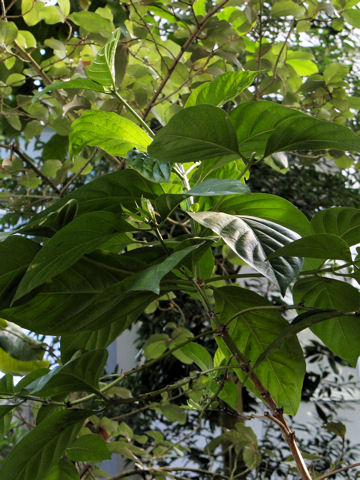

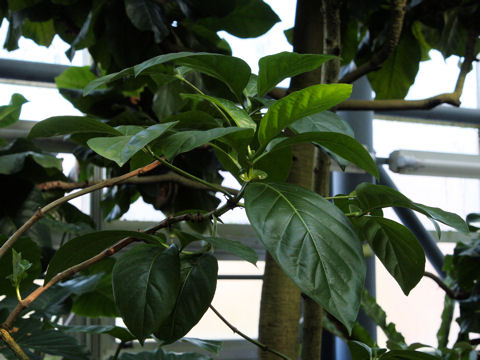

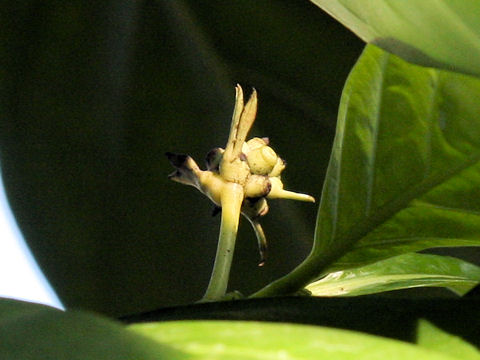

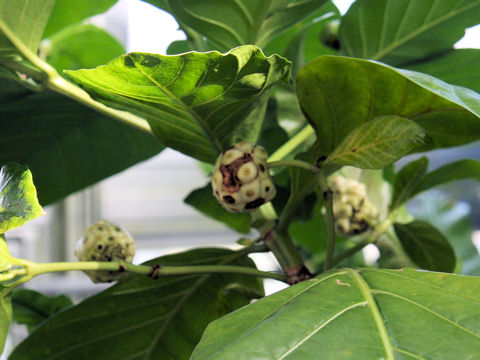



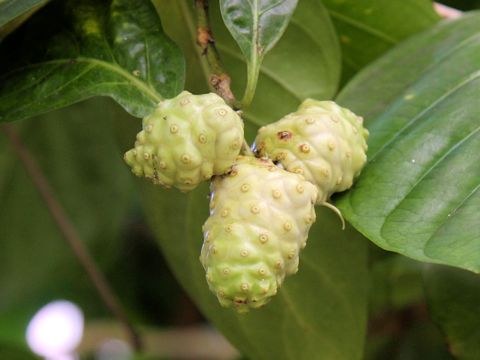

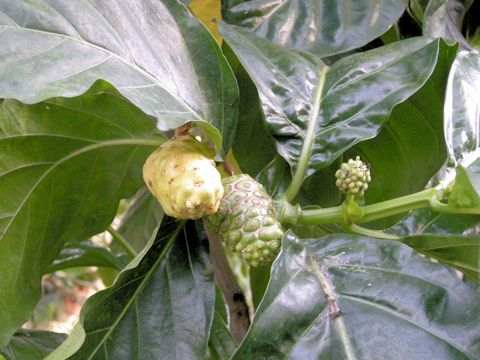

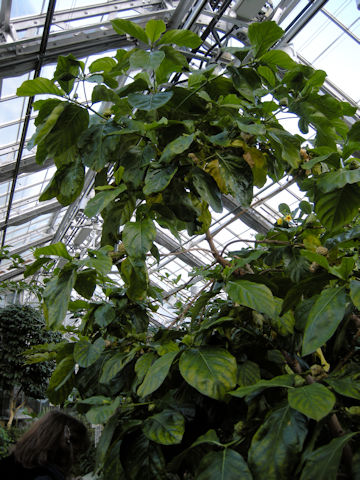

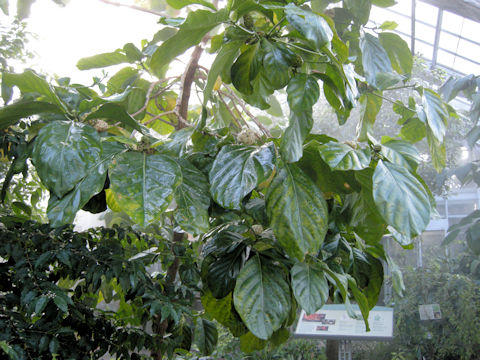

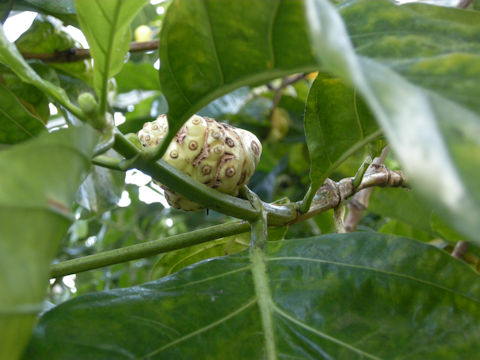

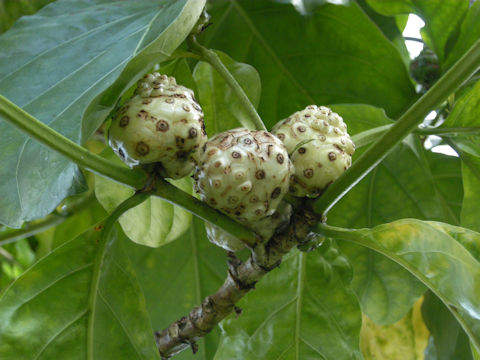

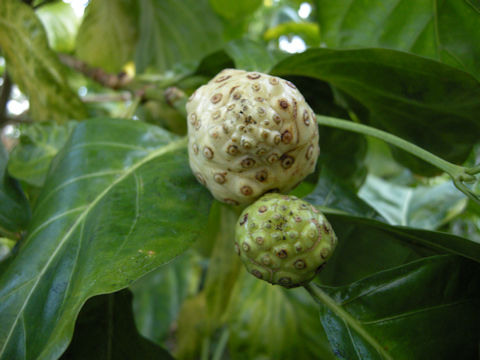

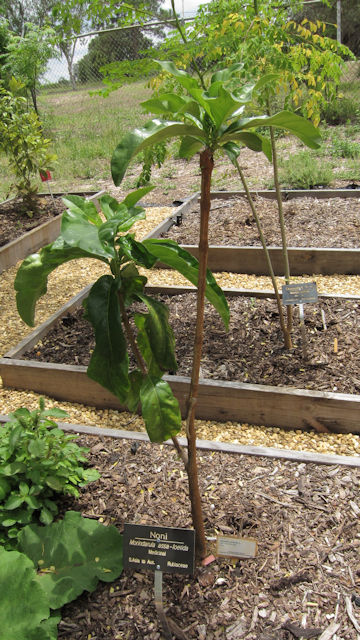

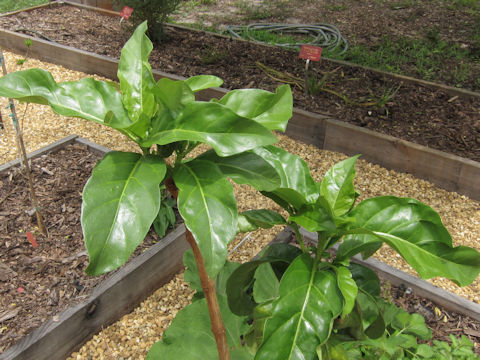

|

|
íªÌì¼â¬}´A»êÉäpâìAWAAChA¾½mAI[XgAɪzµÄ¢Ü·BCnÌÑɶ¦A³ÍPDT`T[gÉÈèÜ·BtÍÈ~`©çL`ÅζµASÅ·BT©çV²ëAÞ»tÌí«ÉªóÔð¯A½ÌFÌÔð穹ܷBÔ¥ÍRl`ÅAæ[ÍSôµÜ·BÊÀÍ`ÌWÊÅAFÉnµÜ·BäpØêÅÍuú÷vÆÄÎêÜ·B
|

|
AJlÈG}AIL®ÌíÎáØÅAw¼Í Morinda citrifoliaBp¼Í Great morindaB
|

|
The Great morinda (Morinda citrifolia) belongs to Rubiaceae (the Madder family). It is a small evergreen tree that is distributed to the Ryukyu Islands and the Ogasawara Islands of Japan, Taiwan, Southeast Asia, India, the Pacific Islands and Australia. This tree grows on the forest edges along shores and can reach 1.5-5 m in height. The leaves are elliptic to broad ovate, opposite and entire. The many white flowers bloom in the capitulae near degenerate leaves from May to July. The corolla is funnel-shaped and four-lobate tips. The fruits are ovate aggregate and ripen in white. In Taiwanese Chinese, it is called "ú÷".
|

|
[ãEP`R] Qn§èsuèsõ¿A¨vÉÄA2008N1207úBeB
[SET] ¯ãÉÄA2011N1211úBeB
[U] AJEVgcbuAJ§A¨vÉÄA2008N1007úBeB(photo by Jon Suehiro)
[V`PP] ¯ãÉÄA2010N0218úBeB(photo by Jon Suehiro)
[PQEº] AJEt_BuTEXt_åwvÉÄA2011N0517úBeB(photo by Jon Suehro)
|













